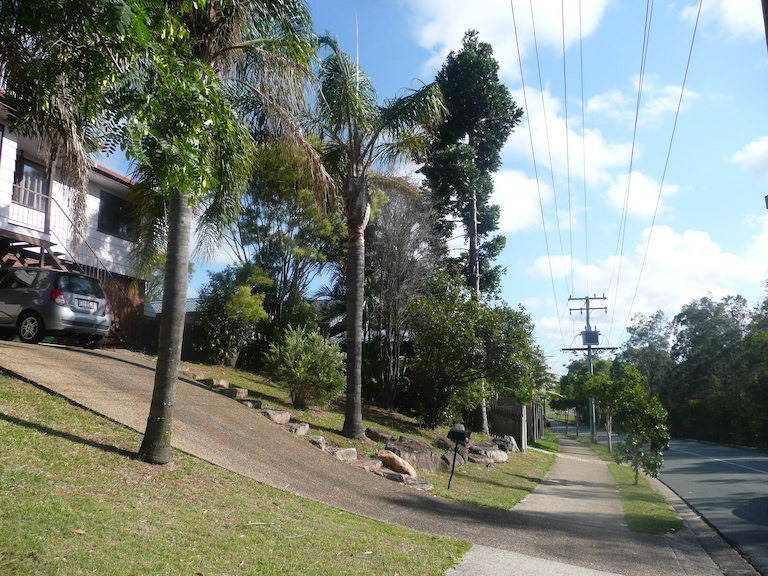Winter Garden and Tree Care
Proper garden and tree care can add value to you home by making it aesthetically pleasing and offering a safe and pleasant place to live. Pruning, if done properly, is one of the best ways to refresh a tired garden and encourage a flush of new life in spring.
Of course, bigger jobs should always be left for your local arborist but there’s plenty of smaller pruning jobs lower to the ground that can be done in the meantime to keep your garden looking beautiful.
What tools to use
When it comes to pruning there are few ‘must haves’ that should be kept clean, sharpened, oiled and ready for use: secateurs for tip pruning and cuttings, loppers for cutting soft branches, a hand saw for stronger branches, and some pruning shears if you’re into neatening hedges.
Always remember to disinfect tools after individual plants to prevent the spread of pathogens.
What to prune
Unsightly deadwood and damaged or diseased branches can be removed so they don’t compromise the health of the plant. A tree or climber can be pruned to frame a feature in your garden, pot plants trimmed, or a row of shrubs pruned into a hedge. Just as cutting off dead flowers in a garden bed promotes new flowers, pinching out tips of new shrub growth can shape the plant and encourage it to branch into a fuller looking plant. If the plant is unbalanced or scraggy looking, harder pruning lower to the ground may be required.
When to prune
Taller or overhanging trees can be trimmed to allow warmth into cold shaded rooms during winter months. Deciduous trees are best pruned mid-winter when they are dormant and sap is flowing the least. Evergreen shrubs can be pruned at the end of water before new growth starts.
Plants that flower on the previous year’s growth should be pruned straight after flowering. And plants that flower on new growth such as hibiscus, should be cut back later in winter once frost danger has passed.
Fruit trees need pruning at certain times of the year but never while flowering or you will be cutting off the fruit.
How to prune
If you are nervous about pruning, start off light-handed and until you build experience and become more confident.
The general rule is to take it slowly, stand back and study the form of the plant before attempting to snip or saw. Gently shake the branch you plan to cut to gauge how much will go. You want to cut the branch back to a growing tip from which it will regrow when the weather becomes warmer again. Choose shoots that are on the outside of the branch so they will grow in the right direction and not crowd out the centre or cross back over other branches. Cut from just above the growth point at a downwards diagonal to just behind it. Where there are buds opposite each other, cut just above them and both will develop and create a fork in the branch.
Click here to download a copy of the three-point method used by many professional arborists.
Bigger pruning jobs
If a branch of a tree or large shrub has to be removed, do not leave stubs. Cutting the branch back to the trunk, or to is junction with another branch, will minimise the risk of infection getting into these large pruning wounds. But do not cut flush against the
remaining trunk or branch – leave the swollen collar at the branch junction which hasspecial chemicals to close off wounds.
Tree history
Spotting signs of pests and diseases early can make all the difference to a tree’s health.
A certified arborist report will identify red flags like discoloured leaves, cankers, holes and so on, then provide a plan of action. Keeping a history of the tree helps the arborist to gauge any change. A good idea is to take digital pics on a clear day every six months. They are easy to email and provide a record to see if disease is progressing. Arborists know that changes don’t happen overnight, they take time.

Be careful what you plant where
Councils can advise what species are best suited to local ecosystems and under powerlines. Choose a tree species that fits your garden space so that it won’t have to have its life cut short, leaving an ugly gap in the landscape. Position a taller tree where it will provide shade on your western front without blocking northern sun on your neighbour’s home.
When to seek professional advice
You might be worried about a particular branch and want it removed for safety reasons but, in actual fact, removing the limb may be just increasing the risk. Before interfering with the tree’s natural system, it is best to seek professional advice.
On a newly purchased property, failing limbs on a section of the tree may be due to root damage you don’t know about. An arborist knows what to look for up in the crown.
When you plant or inherit a tree, you have a long-term asset in the garden and like any long- term asset, it needs regular check-ups and maintenance. As arborists often say, “We get our car serviced every so often so why not do it for the tree, too.”
AUTHOR: GAIL BRUCE

Gail is passionate about the restoration and preservation of Australia’s precious flora.
She has a Bachelor of Communication and Certificate III in Conservation and Land Management, and her work in local koala conservation was recognised when she was awarded Redland City Council’s Environment Award in 2000.
Gail is well known in Arborist circles, being a regular contributor to Australian Arbor Magazine, Redland City Bulletin, as well as Public Relations Officer for Redland Organic Growers Incorporated.



